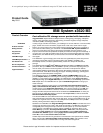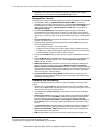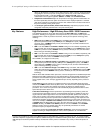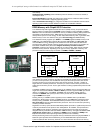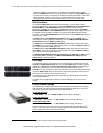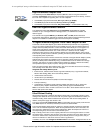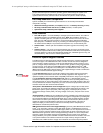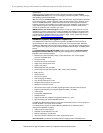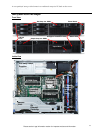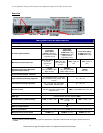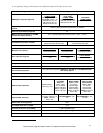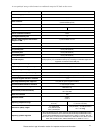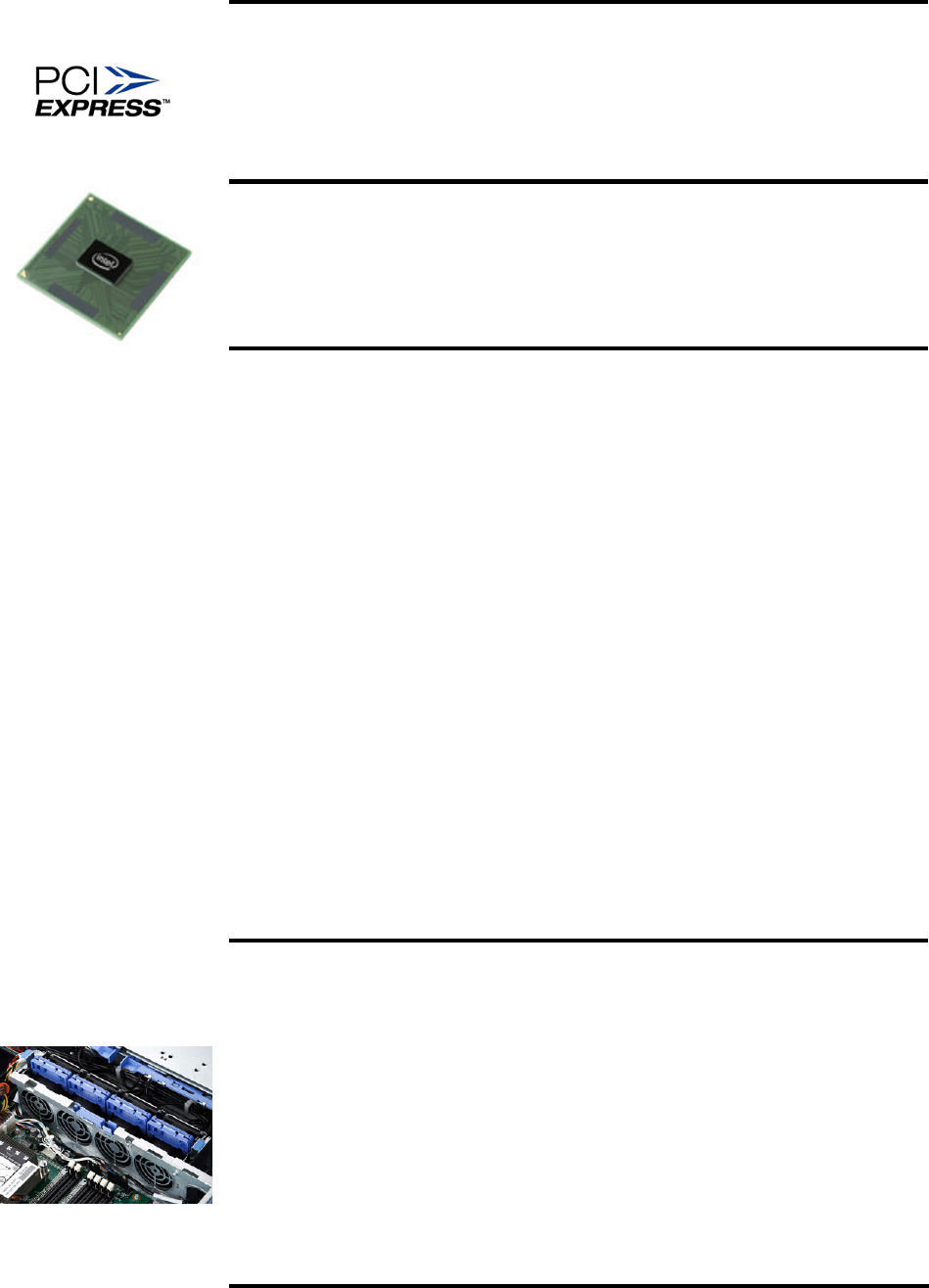
A cost-optimized storage-rich alternative to traditional enterprise 2U dual-socket servers
Please see the Legal Information section for important notices and information.
8
High-Performance Adapter Slots
The x3620 M3 provides three PCIe (PCI Express) Gen 2 I/O slots for long-term investment
protection. PCI Express Gen 2 is the next-generation of high-performance, low-latency, serial I/O
bus. Each slot is capable of supporting Gen 1 or Gen 2 adapters.
• One x16/x8 (x16 physical/x8 electrical) full-height, half-length (8Gbps)
• One x8/x8 (x8 physical/x8 electrical) full-height, half-length (8Gbps)
• One x16/x4 (x16 physical/x4 electrical) low profile (4Gbps) — for ServeRAID cards, only
Dual-Port Gigabit Ethernet Controller
The x3620 M3 includes one dual-port integrated Intel 82575 Gigabit Ethernet controller
standard, for up to 10X higher maximum throughput than a 10/100 Ethernet controller and
failover support.
The controller also supports IPMI 2.0, plus Wake on LAN
®
and PXE (Preboot Execution
Environment) flash interface. Optional PCI adapters offering failover and load balancing between
adapters are available for added throughput and increased system availability.
10 Gigabit Ethernet Integrated Virtual Fabric Adapter for IBM
The Emulex Virtual Fabric Adapter (part number 49Y4200 with special riser card, supported by
CTO) is an industry-leading performance and scalability per watt, dual-port network adapter for
10Gbps Ethernet (10GbE) networks. It offers the benefits and flexibility of I/O convergence in a
single end-to-end solution. Protocol offload for stateless TCP/IP and TCP Chimney provide
maximum bandwidth with minimum use of CPU resources. It achieves line rate 10Gbps
performance with support for TCP/IP stateless offloads and TCP Offload Engine (TOE) support.
TOE reduces system processor utilization, providing increased system performance and reducing
overall system power requirements.
The adapter is based on the Emulex OneConnect Universal Converged Network Adapter (UCNA)
platform that also includes the capability for future upgrades to Fibre Channel over Ethernet
(FCoE) and iSCSI protocol offloads. By using a common infrastructure for Ethernet and storage
networks, data centers can reduce capital expense (CapEx) for adapters, switches and cables,
and operational expense (OpEx) for power, cooling and IT administration.
End-to-end data protection with hardware parity, CRC, ECC and other advanced error checking
and correcting ensure that data is safe from corruption.
Integrated dual 10Gbps Ethernet ports:
• IPv4/IPv6 TCP, UDP checksum offload; Large Send Offload (LSO); Large Receive Offload;
Receive Side Scaling (RSS); IPV4 TCP Chimney Offload
• VLAN insertion and extraction
• Jumbo frames up to 9000 Bytes
• Preboot eXecutive Environment (PXE) 2.0 network boot support
• Interrupt coalescing
• Load balancing and failover support including adapter fault tolerance (AFT), switch fault
tolerance (SFT), adaptive load balancing (ALB), teaming support and IEEE 802.3ad
Note: You must have either one SFP+ transceiver or one SFP+ direct-attached cable for each of
the two 10Gb ports on the adapter.
Ultra
-
Efficient Cooling
Strategically located fans, combined with efficient airflow paths, provide highly effective system
cooling for the x3620 M3. The base server with one power supply includes four fan modules, for
redundant cooling. Each module includes 2 back-to-back fans with counter-rotating blades. In
addition, each power supply also contains a fan.
The system contains two cooling zones. Zone 1 (incorporating one fan module) cools the PCIe
slots, Zone 2 (three fan modules) cools both processors and all the DIMMs.
The fans automatically adjust speeds in response to changing thermal requirements depending
on the zone and internal temperatures. When the temperature inside the server increases, the
fans speed up to maintain the proper ambient temperature. When the temperature returns to a
normal operating level, the fans return to their default speed.
Why not simply run the fans at 100% capacity all the time? For several good reasons: to reduce
the ambient noise, reduce the wear-and-tear on the fans and reduce the server power draw. The
reduction in ambient noise and power draw may be relatively minor for a single server, but put
dozens or hundreds in a data center and it can make a big difference.
In addition, the server uses
hexagonal ventilation holes
in the chassis. Hexagonal holes c
an be



